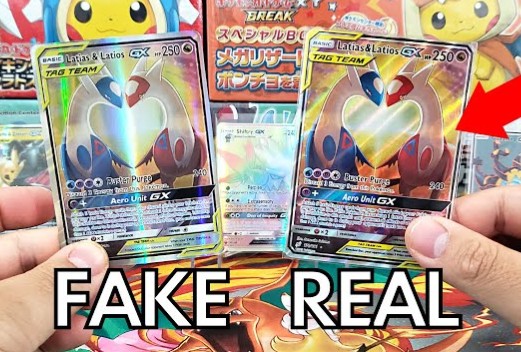
How to Spot Fake Pokémon Cards
Diogo Miguel Costa Pinto GoncalvesShare
Introduction:
In any market where large sums of money are involved, counterfeit products are bound to appear. From paintings and stamps to coins and video games, there are always individuals looking to make easy money through imitation. Collectible trading cards are no exception.
How to Tell The Difference?
Check the Card Material: Fake cards often feel thinner or have a different texture compared to authentic ones.
Inspect the Print Quality: Genuine cards have crisp text, sharp details, and accurate colors. Fake cards may have blurry prints, incorrect fonts, or faded colors.
Look for Spelling Errors: Counterfeit cards frequently contain grammar mistakes, incorrect attack descriptions, or altered values compared to real versions.
Shine a Light Under the Card: Real Pokémon cards have a black layer in the middle, which prevents too much light from passing through. Fake ones may be overly transparent.
Try the Rip Test (With Caution!): Authentic Pokémon cards have a black or blue inner layer, while fakes often have a plain white core. However, this method should only be used on low-value cards, as it permanently damages them.
Compare with a Verified Card: If you're unsure, compare the suspected card with a known authentic version from the same set or era. Check for differences in size, color, and design accuracy.
Final Thoughts:
Being able to spot fake cards helps keep your collection authentic and valuable while protecting you from scams. However, if you ever end up with a counterfeit, don’t let it discourage you from enjoying the hobby. Counterfeits have fooled even the most experienced collectors. Stay informed, stay cautious, and most importantly, keep having fun!

6 comments
Very informative and good advice. Thanks.
Very helpful advice, I have been a victim to a fake card and wish there was more guides like this to showcase before anyone has to go through what I did!
Insanely helpful and anyone who hasnt seen this is missing out entirely. helped me spot fakes within my own collection which i would never have spotted before!
Very helpful for new collectors!
Good advice, very helpful and will keep this page saved for the future!